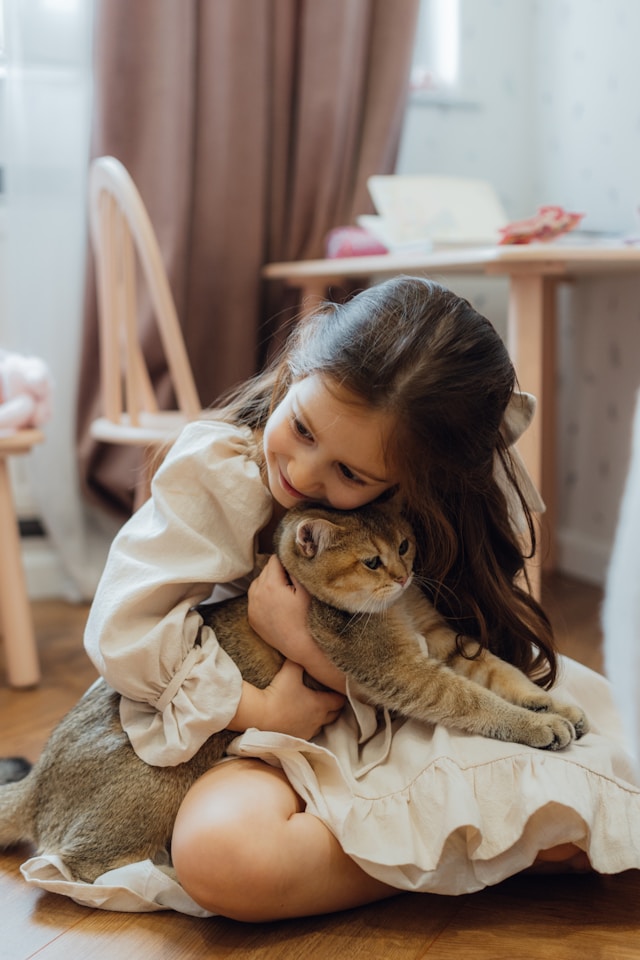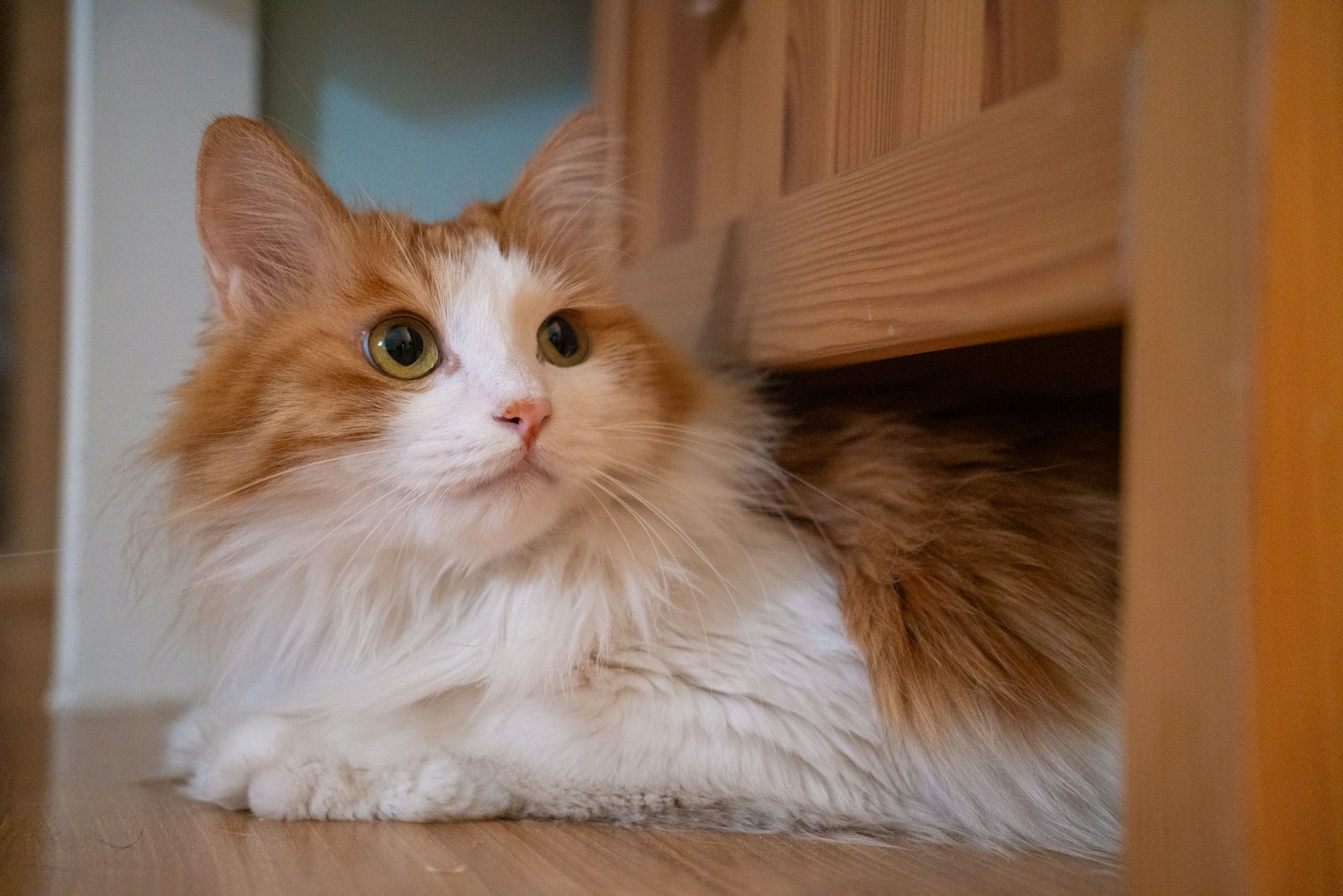Welcoming a cat into a home with children can be a rewarding experience, providing both kids and cats with companionship, love, and learning opportunities.
However, ensuring a safe and harmonious relationship between the two requires careful consideration and preparation.
Here are several key strategies to foster a positive interaction between cats and kids while ensuring safety for both parties.
1. Choose the Right Cat
When considering a cat for a household with children, it’s essential to select a breed and individual personality that aligns with a family environment. Some breeds are naturally more sociable and tolerant of children.
For instance, Maine Coons and Ragdolls are known for their gentle nature and patience. Additionally, consider adopting an adult cat, as they may have a more predictable temperament compared to kittens, which can be unpredictable and more prone to play aggression.
2. Teach Respectful Interactions
Children should be educated about how to interact with cats respectfully. This includes:
- Gentle Touch: Show children how to pet cats gently, avoiding areas that might be sensitive, like the tail and whiskers.
- Body Language Awareness: Teach them to recognize signs of discomfort in cats, like hissing, swatting, or hiding—indicators that the animal may need space.
- Quiet Environment: Encourage children to speak softly around cats and avoid sudden movements that may startle them.
3. Supervise Interactions
Always supervise interactions between cats and young children, especially during the initial stages of their relationship. Closely monitoring how they interact helps to prevent accidents or misunderstandings. If you notice any signs of stress from either party, intervene calmly to redirect the situation.
4. Provide Safe Spaces for Cats
Cats need their own space where they can retreat when they feel overwhelmed. Create designated areas, such as a quiet room or a cozy cat bed in a high place, that are off-limits to children. This will help the cat feel secure and less stressed.
5. Playtime and Engagement
Engaging both the cat and the child in play can strengthen their bond while ensuring the cat gets necessary exercise. Use interactive toys, such as feather wands or laser pointers, to encourage play in a way that’s fun and safe. Make sure that play sessions are structured so that the cat does not become overly excited or aggressive.
6. Educate About Responsibilities
As children grow older, involve them in the responsibilities of cat care, such as feeding, grooming, and cleaning the litter box. This teaches them empathy and responsibility while fostering a sense of ownership towards the pet.
7. Health and Hygiene
Maintain regular veterinary check-ups to ensure the cat is healthy and free from parasites. Teach children about the importance of hygiene when handling pets, including washing hands after playing with or petting the cat. This promotes health and prevents the spread of germs.
Building a happy and safe relationship between cats and kids requires effort, but the rewards are plentiful. With proper education, supervision, and mutual respect, children can learn valuable lessons about compassion and responsibility, while cats enjoy a loving home.
Creating a balanced environment where both pets and children thrive is possible, leading to a joyful companionship that enhances family life.





